The Real Deal
Field Notes from the Life of a Working Photographer
Joe Mcnally
Art and Inspiration, Creativity, Ebook, Photography, Print, Print and digital bundleRead More
Photographer and best-selling author Joe McNally shares stories and lessons from a life in photography.
When Joe McNally moved to New York City in 1976, his first job was at the Daily News as a copyboy, “the wretched dog of the newsroom.” He was earning the lowest pay grade possible and living in a cheap hotel in Manhattan. Life was not glamorous. But with a fierce drive, an eye for a picture, and a willingness to take (almost) any assignment that came his way, Joe stepped out onto the always precarious tightrope of the freelance photographer—and never looked back. Fast forward 40 years, and his work has included assignments and stories for National Geographic, Time, LIFE, Sports Illustrated, and more. He has traveled for assignments to nearly 70 countries and received dozens of awards for his photography.
In The Real Deal, Joe tells us how it all started, and candidly shares stories, lessons, and insights he has collected along the way. This is not a dedicated how-to book about “where to put the light,” though there is certainly instructional information to be gleaned here. This is also not a navel-gazing look back at “the good old days,” because those never really existed anyway. Instead, The Real Deal is simply a collection of candid “field notes”—some short, some quite long—gathered over time that, together, become an intimate look behind the scenes at a photographer who has pretty much seen and done it all.
Though the photography industry bears little resemblance to the industry just 10 years ago (much less 40 years ago), what it really takes to become a successful photographer—the character traits, the fundamental lessons, the ability to adapt, and then adapt again—remains the same. Joe writes about everything from the crucial ability to know how to use (and make!) window light to the importance of creating long-term relationships built on trust; from lessons learned after a day in the field to the need to follow your imagination wherever it takes you; from the “random” and “lucky” moments that propel one’s career to the wonders and pitfalls of today’s camera technology. For every mention of f-stops and shutter speeds, there is equal discussion about the importance of access, the occasional moment of hubris, and the idea of becoming iconic.
Before Joe was a celebrated and award-winning photographer, before he was a well-respected educator and author of multiple bestselling books, he was just…Joe, hustling every day, from one assignment to the next, piecing together a portfolio, a skill set, a reputation, a career. He imagined a life—and then took pictures of it. Here are a few frames.
Read Less
- Print and eBook Bundle: $59.99
- Print Book: $50
- eBook: $39.99
| BOOK AUTHOR | Joe Mcnally |
|---|---|
| PAGE COUNT | 348 pages |
| TRIM SIZE | 10 x 10in |
| COVER | Hardbound |
| ISBN | 9781681988016 |
| PUBLISH DATE | 02/2022 |
5 reviews for The Real Deal
You must be logged in to post a review.
Related products
-
David Busch’s Canon EOS Rebel T7i/800D Guide to Digital SLR Photography
Camera Brands, Canon, David Busch, Ebook, Photography, Print, Print and digital bundle This product has multiple variants. The options may be chosen on the product page $31.99 – $49.99Price range: $31.99 through $49.99David Busch’s Canon EOS Rebel T7i/800D Guide to Digital SLR Photography
Camera Brands, Canon, David Busch, Ebook, Photography, Print, Print and digital bundle This product has multiple variants. The options may be chosen on the product page $31.99 – $49.99Price range: $31.99 through $49.99 -
Wedding Storyteller, Volume 1
Composition, Ebook, Lighting, Photography, Popular Techniques, Portrait, Posing, Print, Print and digital bundle, Specialized Topics, Wedding This product has multiple variants. The options may be chosen on the product page $39.99 – $59.99Price range: $39.99 through $59.99Wedding Storyteller, Volume 1
Composition, Ebook, Lighting, Photography, Popular Techniques, Portrait, Posing, Print, Print and digital bundle, Specialized Topics, Wedding This product has multiple variants. The options may be chosen on the product page $39.99 – $59.99Price range: $39.99 through $59.99 -
Out of stock
David Busch’s Canon EOS 6D Mark II Guide to Digital SLR Photography
Camera Brands, Canon, Ebook, Photography, Print, Print and digital bundle This product has multiple variants. The options may be chosen on the product page $31.99 – $49.99Price range: $31.99 through $49.99David Busch’s Canon EOS 6D Mark II Guide to Digital SLR Photography
Camera Brands, Canon, Ebook, Photography, Print, Print and digital bundle This product has multiple variants. The options may be chosen on the product page $31.99 – $49.99Price range: $31.99 through $49.99 -
The Fujifilm X100F
Camera Brands, Ebook, Fujifilm, Photography, Print, Print and digital bundle This product has multiple variants. The options may be chosen on the product page $22.99 – $34.99Price range: $22.99 through $34.99The Fujifilm X100F
Camera Brands, Ebook, Fujifilm, Photography, Print, Print and digital bundle This product has multiple variants. The options may be chosen on the product page $22.99 – $34.99Price range: $22.99 through $34.99
Related products
-
Out of stock
Wedding Storyteller, Volume 2
Ebook, Lighting, Photography, Popular Techniques, Posing, Print, Print and digital bundle, Specialized Topics, Wedding This product has multiple variants. The options may be chosen on the product page $39.99 – $59.99Price range: $39.99 through $59.99Wedding Storyteller, Volume 2
Ebook, Lighting, Photography, Popular Techniques, Posing, Print, Print and digital bundle, Specialized Topics, Wedding This product has multiple variants. The options may be chosen on the product page $39.99 – $59.99Price range: $39.99 through $59.99 -
Out of stock
Dusk to Dawn
Ebook, Exposure, Landscape, Lighting, Photography, Popular Techniques, Print, Print and digital bundle, Specialized Topics This product has multiple variants. The options may be chosen on the product page $31.99 – $49.99Price range: $31.99 through $49.99Dusk to Dawn
Ebook, Exposure, Landscape, Lighting, Photography, Popular Techniques, Print, Print and digital bundle, Specialized Topics This product has multiple variants. The options may be chosen on the product page $31.99 – $49.99Price range: $31.99 through $49.99 -
Out of stock
The Enthusiast’s Guide to Travel Photography
Ebook, Enthusiast's Guides, Photography, Print, Print and digital bundle, Specialized Topics, Travel This product has multiple variants. The options may be chosen on the product page $19.99 – $34.99Price range: $19.99 through $34.99The Enthusiast’s Guide to Travel Photography
Ebook, Enthusiast's Guides, Photography, Print, Print and digital bundle, Specialized Topics, Travel This product has multiple variants. The options may be chosen on the product page $19.99 – $34.99Price range: $19.99 through $34.99 -
Capture One Pro 10
Capture One Pro, Ebook, Image Editing, Photography, Print, Print and digital bundle This product has multiple variants. The options may be chosen on the product page $31.99Capture One Pro 10
Capture One Pro, Ebook, Image Editing, Photography, Print, Print and digital bundle This product has multiple variants. The options may be chosen on the product page $31.99

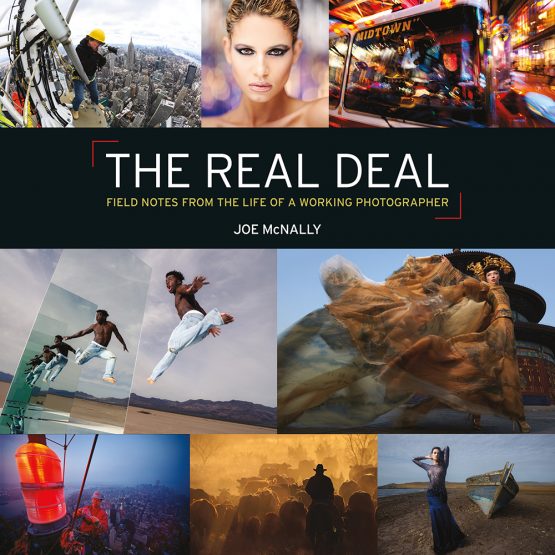

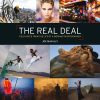


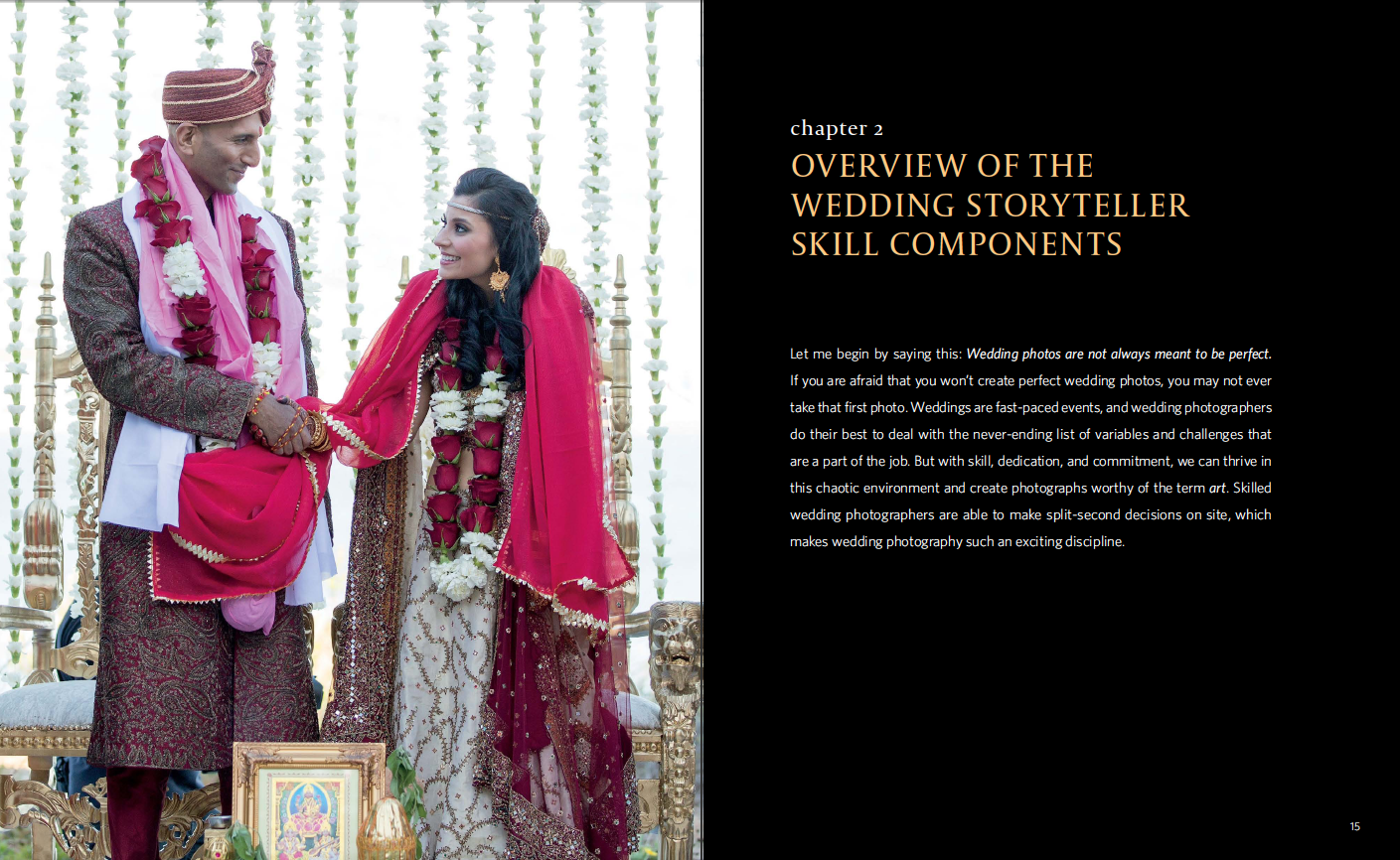
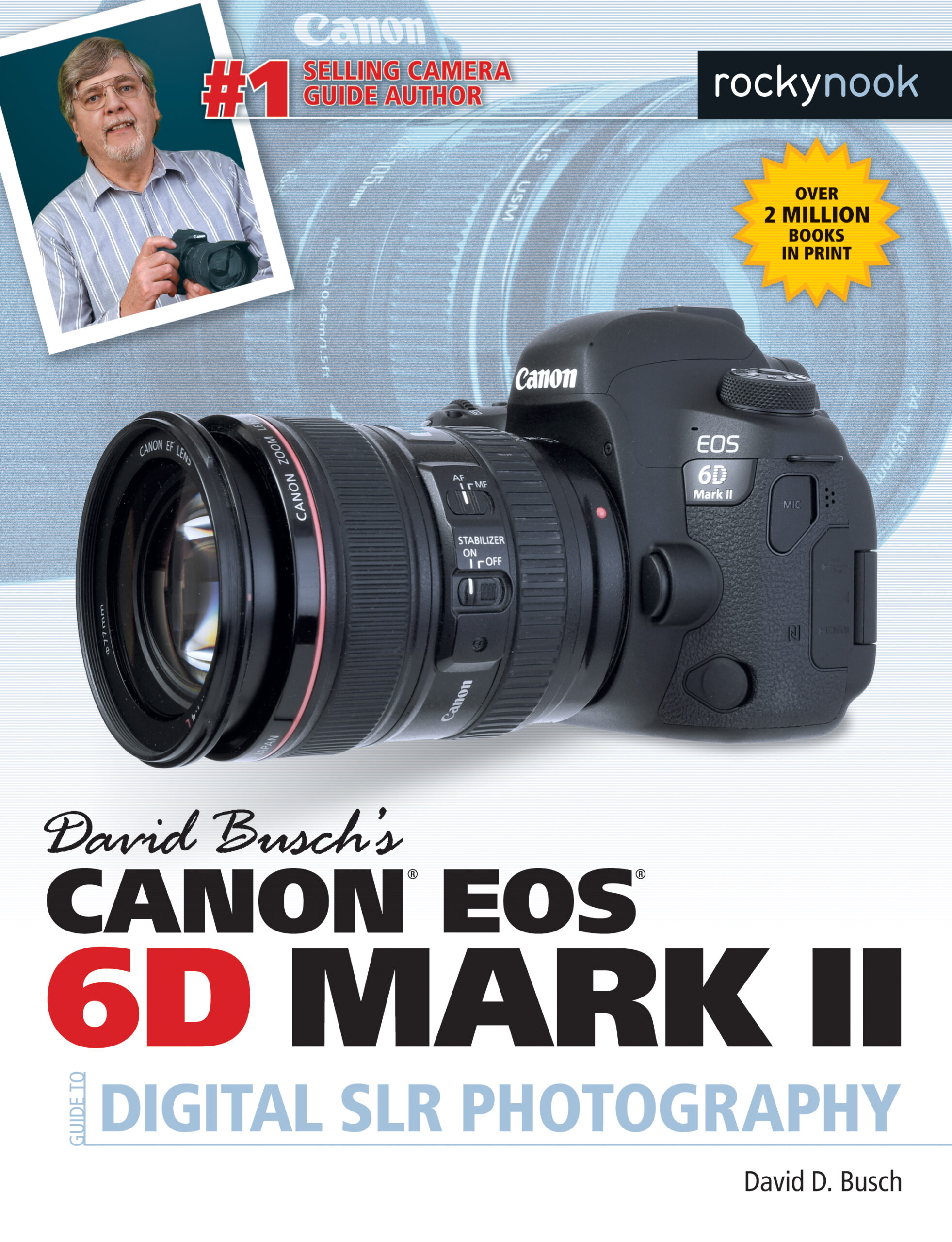
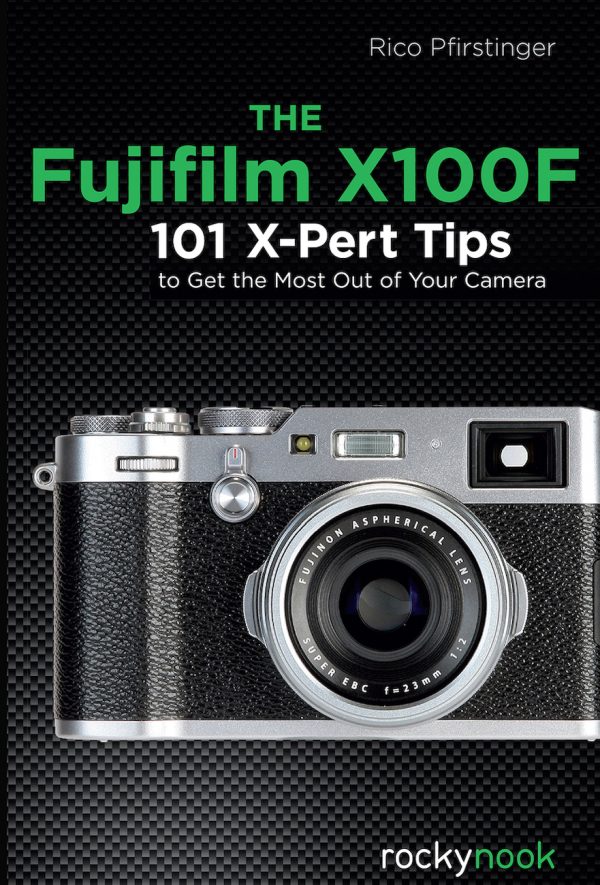
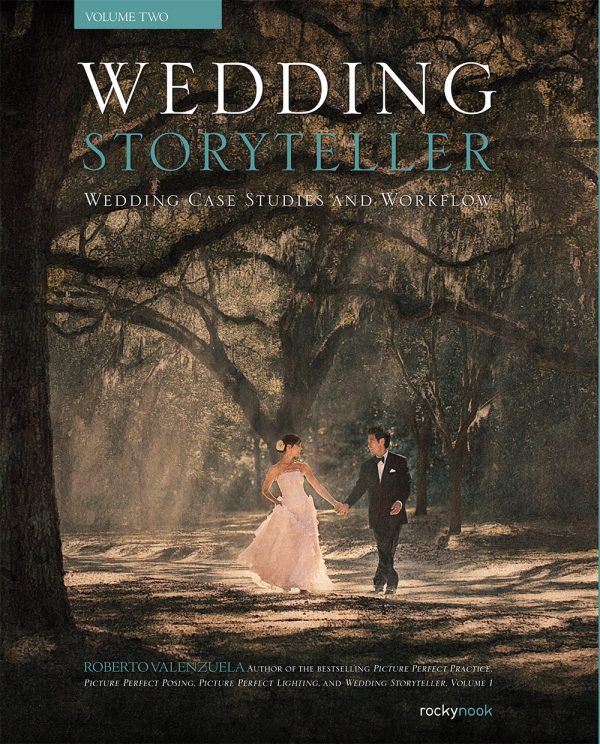
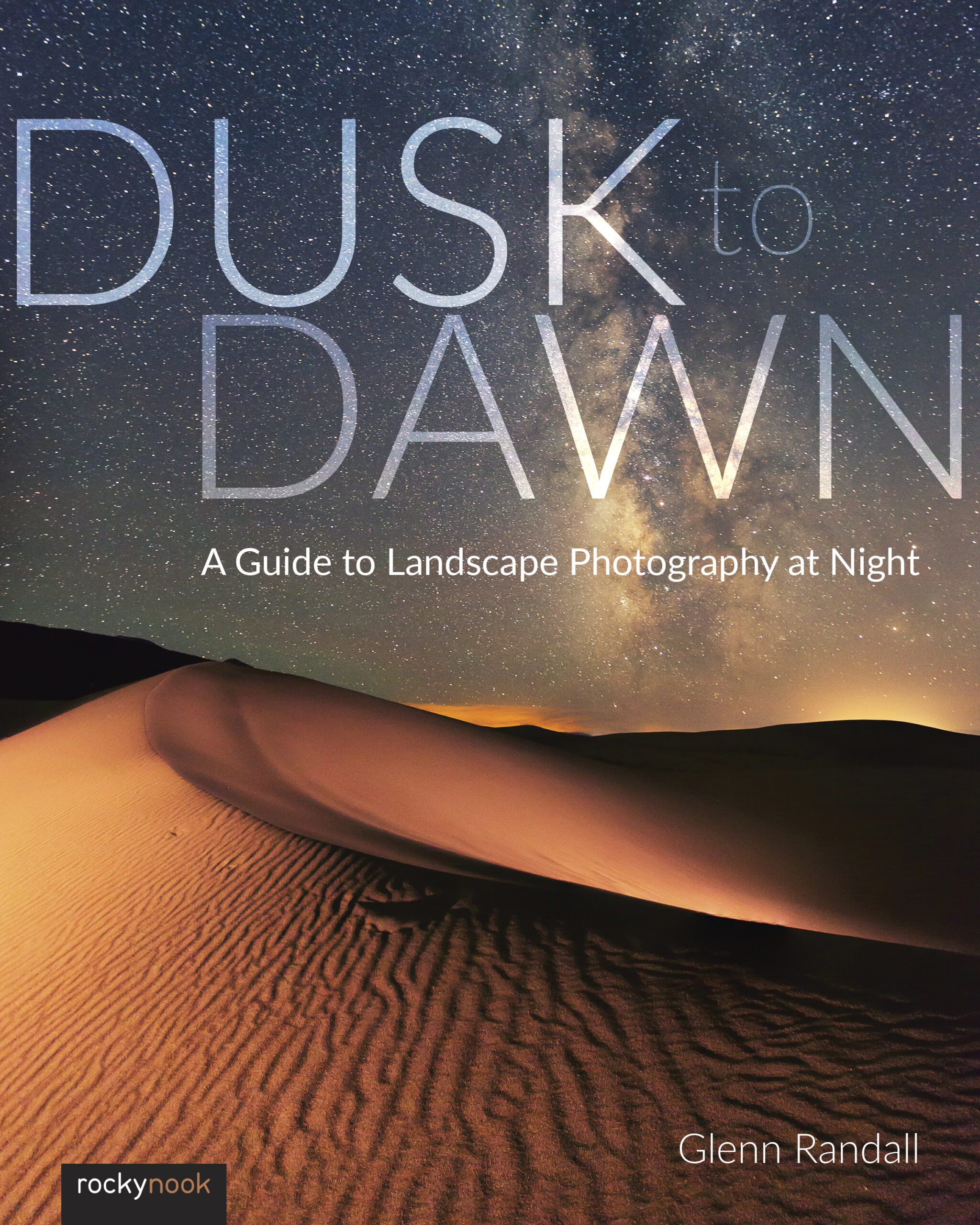


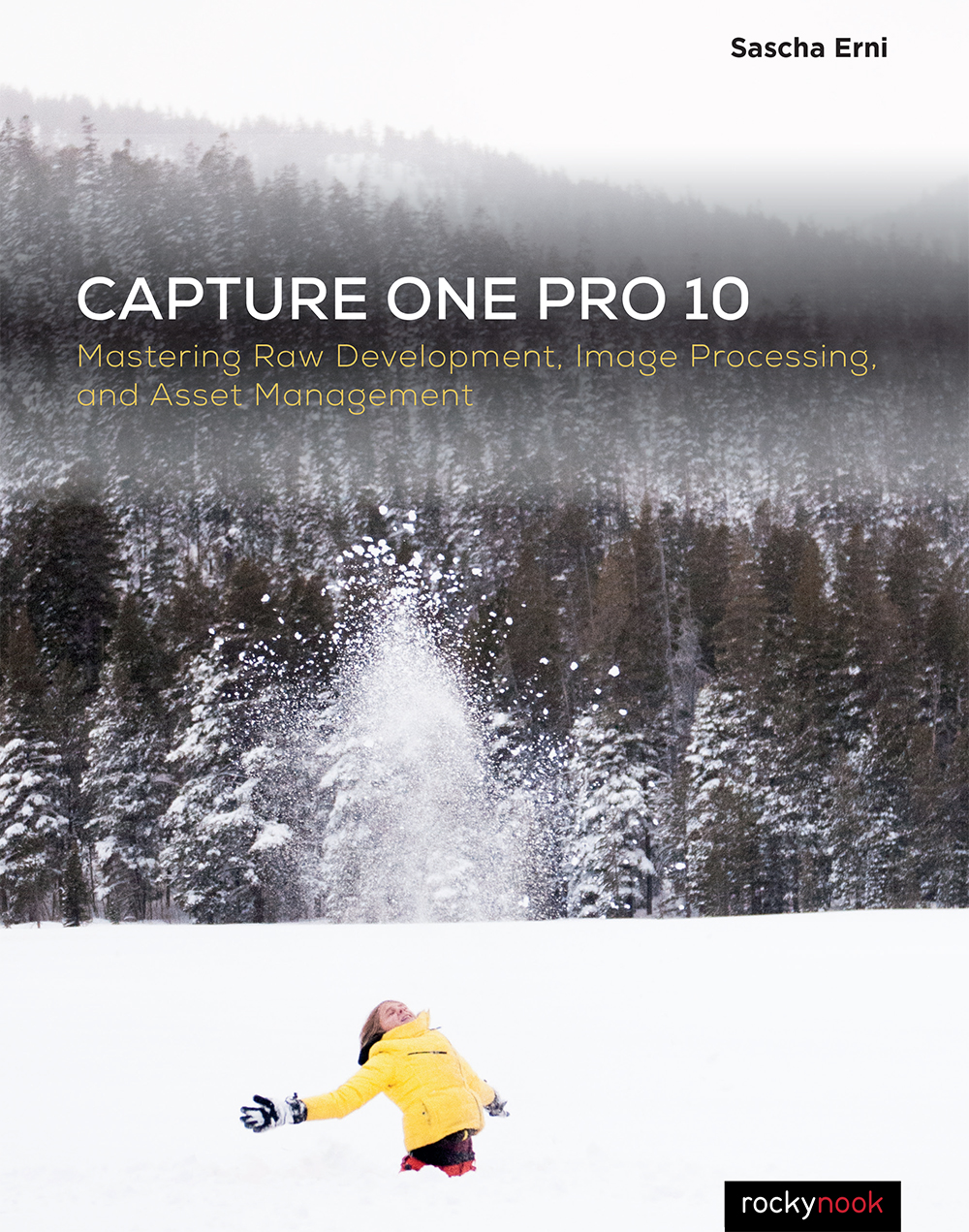
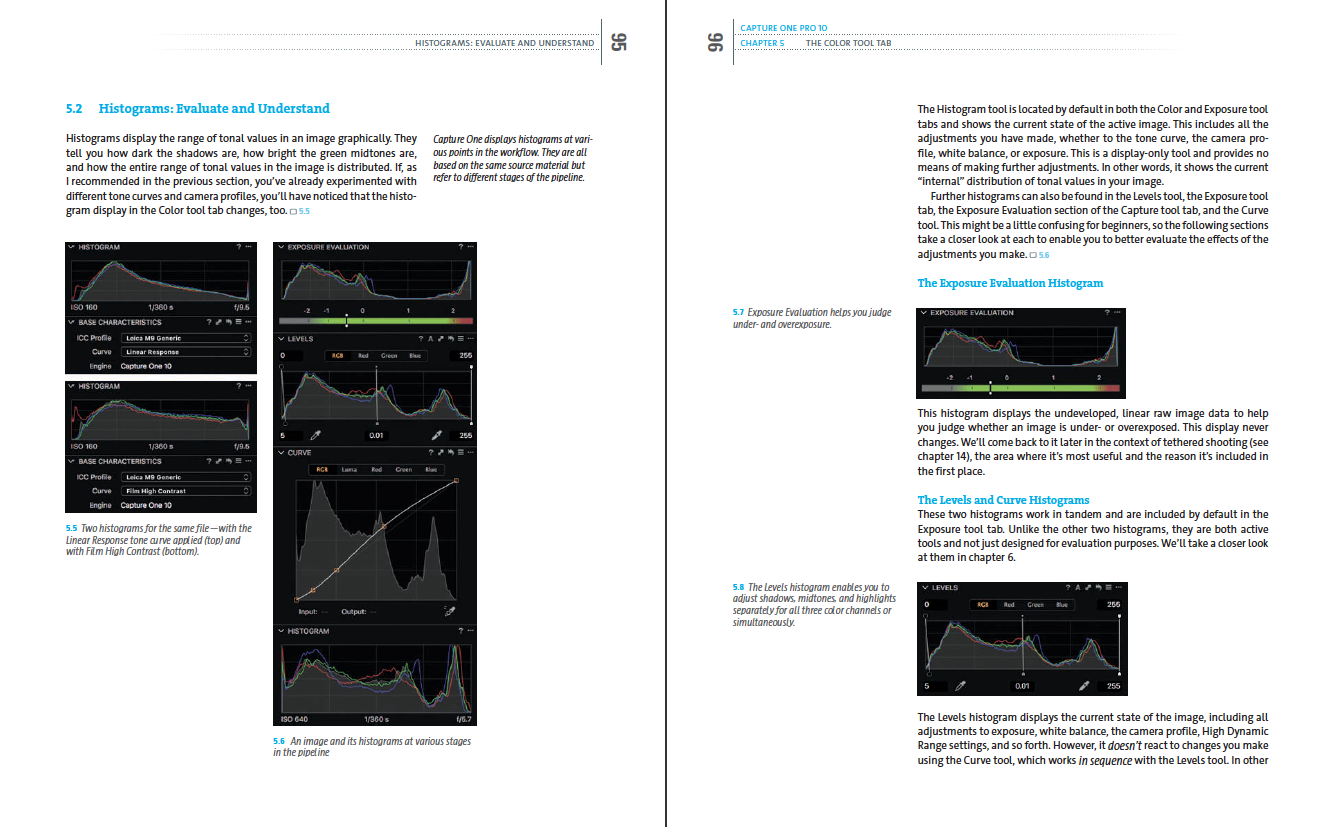
Gloria
This book’s a keeper — sage advice, entertaining writing style, and wit, besides. A great start to a photographer’s how-to and memoir of his craft: he compares himself, arriving in New York City for the first time, to a bushel of lettuce arriving at the market in the city :-). McNelly’s writing is entertaining and I appreciate his humility.
The author’s description of his early professional life, for example working at ABC television, is full of interesting details unknown to most of us. And how interesting and useful the fact that the studio insisted he shoot everything in color, black and white, horizontal, and vertical so that the photos were fit for any purpose. What a great way to develop a new photographer’s skills. His well-articulated advice on how to get better images is broken up into several chapters, all of them worth the reading. I love his “Work the window!“ chapter in which he talks about window light and how critical it is to portraits. He compares it favorably to soft boxes and talks about what window light does that soft boxes cannot. I’m really enjoying the author’s style.
I also love his aptly, almost comically titled chapter, “Shortcuts“. McNelly warns us that some things cannot be short cut it, such as lighting; that we need to take the time and have the equipment to do it right. He says that, although you can fix some things in post production editing, he prefers to do “the heavy lifting in the field.“ Really sound advice. Because we all want shortcuts, but should be aware of the price.
I loved his section about the “Camera Buffet“. Technology has so escalated what cameras can do, it was a joy to read the author’s take on that, including when to let cameras decide settings themselves as opposed to taking over manually — something we all need to read and consider when making our images. It’s tempting to let the camera take control but not necessarily the way to get the images you dream of.
I loved his bit on his visit to Romania where the cows really do come home :-). You’ve got to read it for yourself, but it’s a lot of fun. Also interesting that he shot a wedding for a friend totally in black and white! A concept I had not seen before and, in addition to the great mono images, fun to read about.
Toward the end, McNally talks about how lucky we are to be photographers, how time stops for us. Thought-provoking indeed. This book was not only informative, discussing concepts new to me, it was also a joy to read. McNally is a good writer with a sense of humor and I will re-read this one.
jwdigital (verified owner)
Does a professional photographer have all the answers? Will the next shoot be as successful as the last one? Will this shoot be better than the disaster before that?
Or maybe a larger question is, “Is confidence ever replaced with doubt?” Let Joe McNally answer those questions for you in “The Real Deal.” You’ll view and read about dozens of photos never published before and why they weren’t, as only Joe McNally can explain. Seeing these photos through the eyes of their author and creator gives you a rare glimpse into the mind of a master visual storyteller. Reading about the “rejects” makes you believe you can do as well, but don’t ever mistake a Joe McNally reject for a bad photo. Every chapter is a journey into the thought processes that made each assignment unique, challenging, and ultimately what Joe envisioned, whether or not a publisher or editor agreed.
Joe McNally writes with the same precision and attention to detail that he uses for his photographs. He insists that a photo tells a story and works to provide all the story elements into a single frame. His photo-storytelling eye has been enhanced by his study of writing in college, and it shows.
He learned his photo craft in the film days when you didn’t get to see the results until the chemicals were applied. Bicycling through the streets of Manhattan, dispatching exposed film cannisters into a lab before a deadline was how you learned, even if it wasn’t your film, or your shot. You couldn’t make mistakes, because they couldn’t be corrected later. You couldn’t see your shot seconds later to make adjustments. You couldn’t upload to a web site to have thousands view it in minutes. You either nailed your shutter speed, focus, exposure and composition right then, or you didn’t. If you didn’t, there was no second chance. It makes you appreciate the technological advances that have been made in the last 20 years, and Joe McNally never takes them for granted. His message to the reader is clear however: Never confuse the technology for your vision, imagination, and discipline, and taking risks, doesn’t mean making choices that you might regret later. To quote: “What you are accumulating inside that machine is far more valuable than the machine itself.”
The first part of the book describes Mr. McNally’s early career, and following chapters look at major successes and setbacks from which the reader can learn. You might call this a “meta story” as it is a series of stories about photo stories. Two stories in particular stand out for this reviewer. One was how ESPN didn’t publish a story and how smoke came to the rescue of another.
From laundromat to graveyard, from salt flats to skyscraper, basketball court to bus window, Manhattan to Hollywood, China to Romania, Speed Graphic to Nikon to Leica, there’s so much to tell.
To say that I was eager to read this book is an understatement. I have followed Mr. McNally’s work for years (decades?) and ordered an electronic copy right away with the hard copy to follow. As an aside, the following relates a personal experience of my own that demonstrated Joe McNally’s honesty, humility, and directness all rolled into one. Once at a Photoshop conference, I was waiting in line at a Nikon service room to get my Nikon D300’s sensor cleaned. Unexpectedly, I felt two hands land on my shoulders from behind me, and someone politely asked “Could I cut in line ahead of you? I need Nikon’s help for my presentation in 10 minutes.” I turned around and realized it was Joe McNally and remember thinking to myself “What kind of help would Joe McNally need?”
He apologized profusely and I stepped aside. It was after all Joe “The Real Deal” McNally.
William R. (verified owner)
I have not had a chance to finish this book yet. It is very well made and was packed so there was no damage to the book, good job Rockynook.
jefforns
As a photographer, I have one work for the book….. FANTASTIC!.
This is not a technical photographic book about cameras, lenses, settings or post production. It is a wonderful book about what it is like to BE a photographer. Mr. McNally’s writing is brilliant, human and very comical in a down-to-earth way. It is also a true-life story of what perseverance is all about.
When reading this book, which I couldn’t put down, I thought how it related to my own efforts as a photographer. If you are a photographer, amateur, advanced hobbyist or professional you really should read this book. It should definitely be in your library. Thank you Rocky Nook for a great presentation.
wepsphoto
Joe McNally has created an autobiography that spans decades of photojournalism, from the 1970’s until today, and his story chronicles not only his professional life but also the journey of photography itself- through changes in gear, roles and opportunities of photographers, and the ability to earn a living in this field.
McNally has a knack for creative photojournalism- accessing rarely seen places, shooting from unlikely angles, adding lights to enhance images. From local newspapers to National Geographic and Sports Illustrated, McNally covers sports, events, news- and he makes portraits, promotional images and so much more. His photos are taken below earth’s crust in coal mines and high above its surface on the top of skyscrapers and even in planes. But if there’s a common approach to his work it’s that his approach is uncommon. Through stories and images we see a photographer challenged to tell stories through a unique perspective that will command attention and consideration.
The Real Deal shares the history of the photojournalistic world that McNally lived through, the evolutions and revolutions in the industry and tools of photography. But the creative eye, the ambition to excel and the adrenaline-junkie enthusiasm required to succeed in this competitive field are the real elements that drive this story. It’s an ambitious and eye-opening journey for the reader and a story of successful pivoting and flexibility to adapt to a new age of photojournalism. A beautiful and inspiring book.